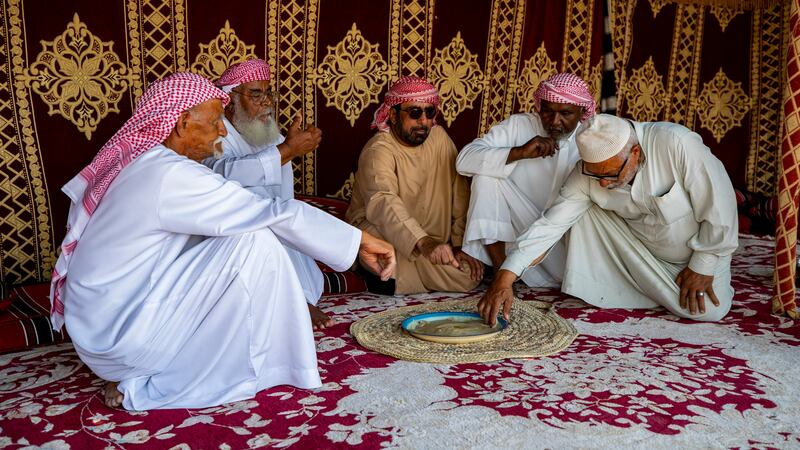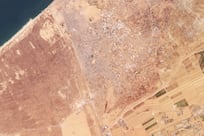Seven cultural traditions spanning 13 Arab nations have been added to Unesco’s Intangible Cultural Heritage lists.
They include dabke, the Palestinian version of the popular Levantine dance; and harees, the wheat grain and meat dish popular in the UAE, Saudi Arabia and Oman.
The seven traditions were among 20 newly inscribed on Tuesday at an event in Botswana.
Unesco’s Intangible Cultural Heritage category is divided into separate lists, including In Need of Urgent Safeguarding and the broader Humanity list. Syria's glassblowing practice has been termed one "in need of urgent safeguarding".
Established in 2008, the Unesco list aims to ensure better protection of the cultural heritages and to promote their significance.
“We have come together to celebrate the incredible richness of humanity’s intangible cultural heritage, and to reaffirm its power for social cohesion, human dignity and peace,” said Ernesto Ottone, assistant director general for culture at Unesco, at the event, which marks the 18th meeting of the Intergovernmental Committee for the Safeguarding of the Intangible Cultural Heritage. It will run until Saturday.
“This session of the committee takes place under the overall umbrella of the 20th anniversary of the 2003 Convention, and therefore each item offers us an opportunity to reflect on all that has been achieved in the past 20 years, and all that still remains to be pursued.”
Here are the seven newly inscribed cultural heritage practices from the Arab world.
Traditional Syrian glassblowing

Exercised mostly in Damascus, traditional Syrian glassblowing is the artisanal craft of creating glass objects from pieces of waste glass using a handmade brick oven. A source of livelihood for artisans, the glassworks are characterised by white, blue, green and crimson colours which include gold motifs and cultural symbols.
"Today, the related knowledge and skills are passed down informally through hands-on practice and instruction in workshops," Unesco says on its website.
"Damascene glassblowing contributes to a sense of continuity and belonging. It is also associated with social, spiritual and historical spaces and with the practices that take place therein."
The practice has been added to the In Need of Urgent Safeguarding list.
Palestinian version of dabke
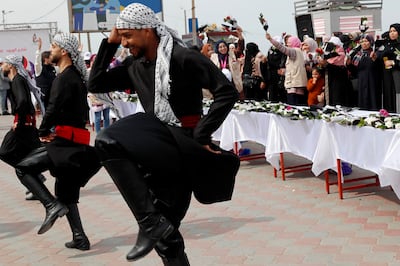
The dabke has been added to the Humanity list.
Palestine’s version of the traditional Levantine group dance, it is often accompanied by wind instruments and singing. It is considered a form of expressing cultural identity and is often practised while celebrating family occasions and in festivals and is considered a dance that increases social ties.
"Most Palestinians know the dabke dance and practice it as a means of sharing their joy with family, friends and neighbours," Unesco says. "The lyrics of the accompanying folk songs are in local dialects and express emotions related to the occasion, such as courage, strength and love."
Al-Molid procession
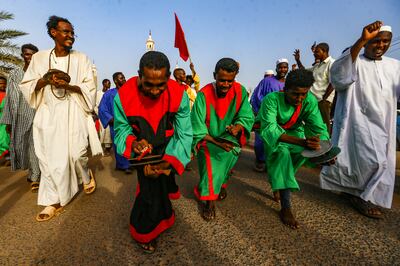
Known as the Al-Molid procession, the parade celebrating the Prophet Mohammed’s birthday takes place in Sudan in the third month of the Islamic lunar calendar. It includes participants performing religious songs and ritual dances; reciting Sufi prayers and sharing food from all across the country.
The procession has been added to the Humanity list.
Harees dish from the UAE, Saudi Arabia and Oman
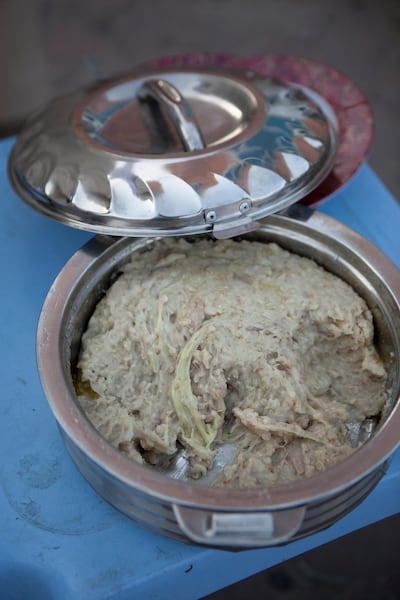
Made from wheat grain, meat and ghee, this popular traditional dish is usually eaten at breakfast and dinner. Harees is popular during Ramadan, and informally promotes social connections and cultural affinity. The dish, and the techniques required to make it, has been added to the Humanity list.
"In the UAE, Oman and Saudi Arabia, harees is present in many social and cultural elements such as folk stories, sayings and poetry," Unesco says.
"The related skills and knowledge are passed on from mothers to daughters. Preparing and serving harees is viewed as a sign of hospitality and generosity. A means of promoting social connection, the practice strengthens bonds between people and communities while enhancing cultural affinity in the societies concerned."
Arts, skills and practices associated with engraving on metals
Also added to the Humanity list is the skill of engraving on metals such as gold, silver and copper. Prominent in the likes of Saudi Arabia, Iraq and Egypt, the practice involves taking decorative, utilitarian, religious or ceremonial objects and manually cutting words, symbols or geometric patterns into their surfaces.
Al-Mudhif craftsmanship in Iraq
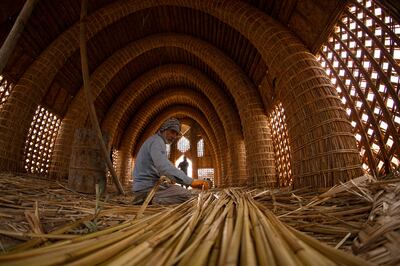
The large arched buildings known as Al-Mudhif in Iraq are made of reed and papyrus, which grows naturally in the marshes in the south of the country.
They are built by skilled workers, managed by tribal sheikhs, but maintained by the entire community. Al-Mudhif serve as a space for the community to gather and transmit traditional knowledge and customs.
"Al-Mudhif is also viewed as a space for transmitting traditional knowledge, values, handicraft skills, norms and customs to children and youth. It is a place to welcome visitors and guests from within and outside of Iraq," Unesco says. The craftsmanship required to build the structures has been added to the Humanity list.
Man’ouche from Lebanon
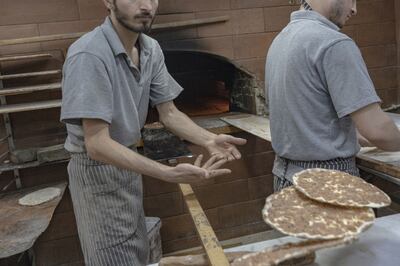
The flatbread from Lebanon is prepared in homes and specialised bakeries. The culinary practice has been added to the Humanity list.
It is often eaten for breakfast by people of all backgrounds and its sale in small bakeries contributes to local economic development. Man’ouche, often also spelt manoushe, has become synonymous with Lebanon. It is also sold in other regions or countries with a strong Lebanese community.
"The techniques of preparing man’ouche and its toppings are usually transmitted informally from parents to children," Unesco says. "The aroma of man’ouche is a strong identifying factor that evokes traditional morning gatherings."
